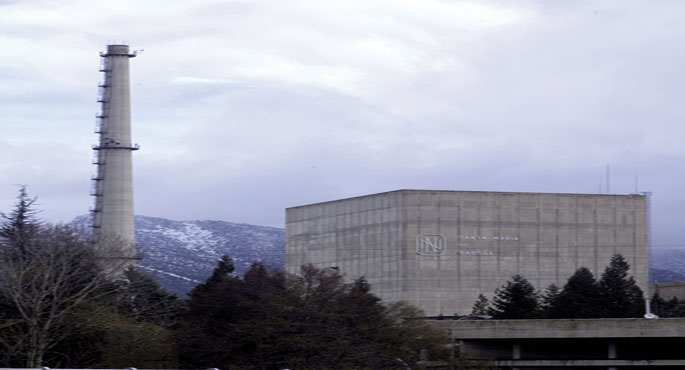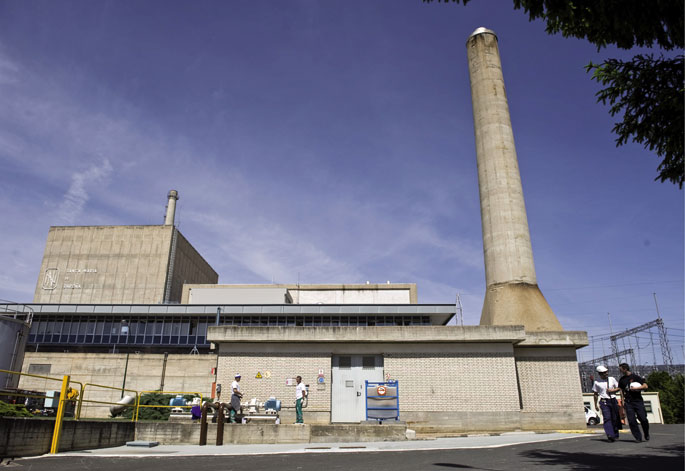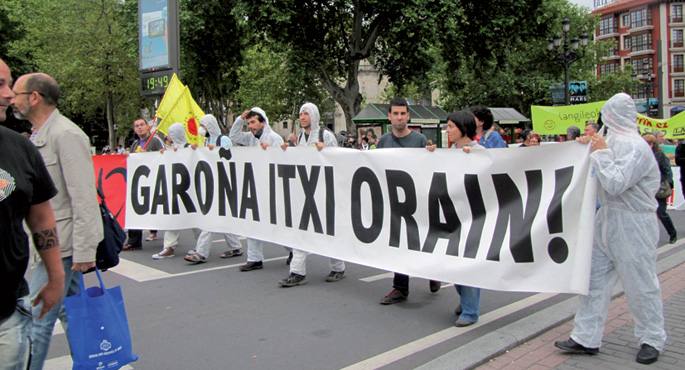CSN approves the reopening of Garoña
- There have been no surprises and the Spanish Nuclear Safety Council (CSN) has approved the request to extend the life of the Garoña plant until 2031, although some of the reforms requested by the Council itself are still pending. Once the CSN has given the green light, it is now up to the Ministry of Industry to authorise or deny the plant’s resumption.

Apparently, the owner of Garoña, Nuclenor –made up equally of Endesa and Iberdrola– has no intention of reviving the station, which has been in a standstill since December 2012, and which would not be profitable, especially considering that it would have to spend around twenty million euros on security improvements. The favourable report provided by the CSN obliges the company to make these improvements, albeit a posteriori.
High, the play can be perfect for the big electric companies of the state and especially for the two masters of Garoña. Without spending euros on the adaptations that were initially requested, they have achieved a precedent that could bring them benefits in the future. In the next decade, the rest of the Spanish state’s nuclear power plants – almost all of which involve Endesa and Iberdrola – will be exhausted and can use the example of Garoña to request their extension. The first round will take place in 2020, when the authorization of the plant in Almaraz (Extremadura) will be exhausted.
Instead of the usual 40, the CSN has basically approved Garoña to operate up to the age of 60. Four members of the House voted for this and only one voted against it; although the data has not yet been communicated, it can be said with absolute certainty that the vote against is that of the former Minister of the Environment, Cristina Narbona. Narbonne has voted no to extend Garoña’s life at every step of the CSN, arguing that the consequences of such an extension from a security perspective have not been adequately studied.
How to close Txernobyl? How to close Fukushima? These two nuclear power plants, after suffering accidents, are still "alive" and no one is calling for their closure. The first has been covered and covered, and the solution has been entrusted to the technological advances that the... [+]



















